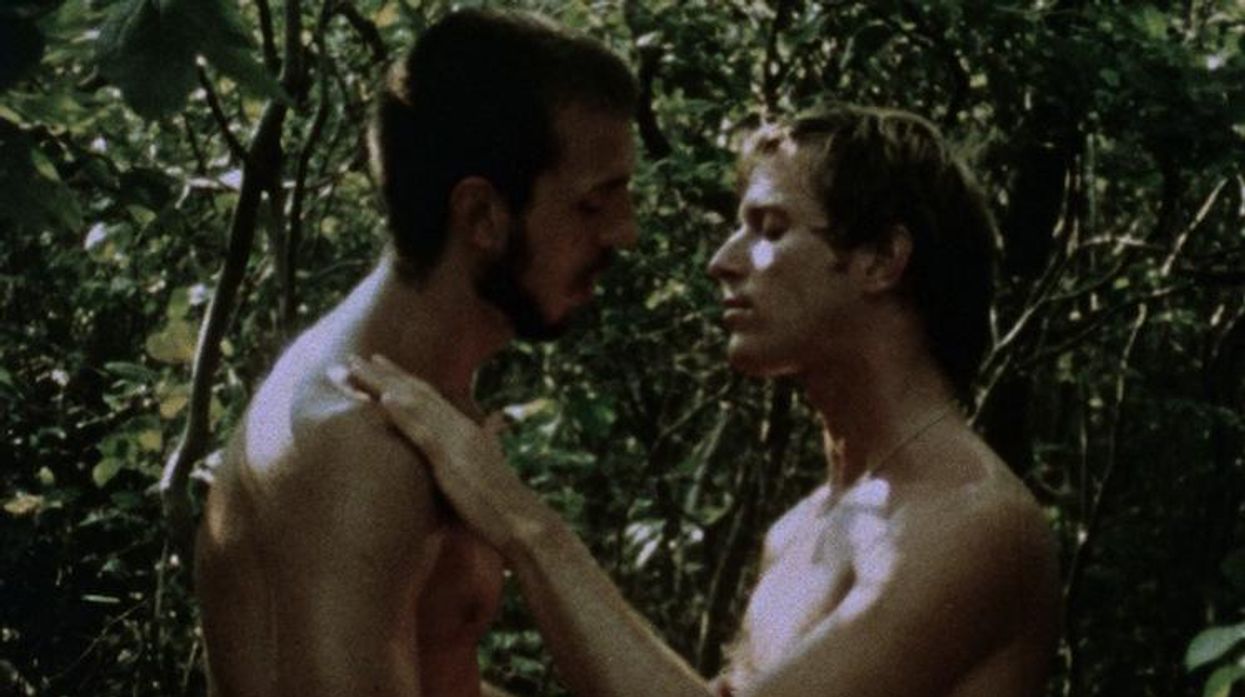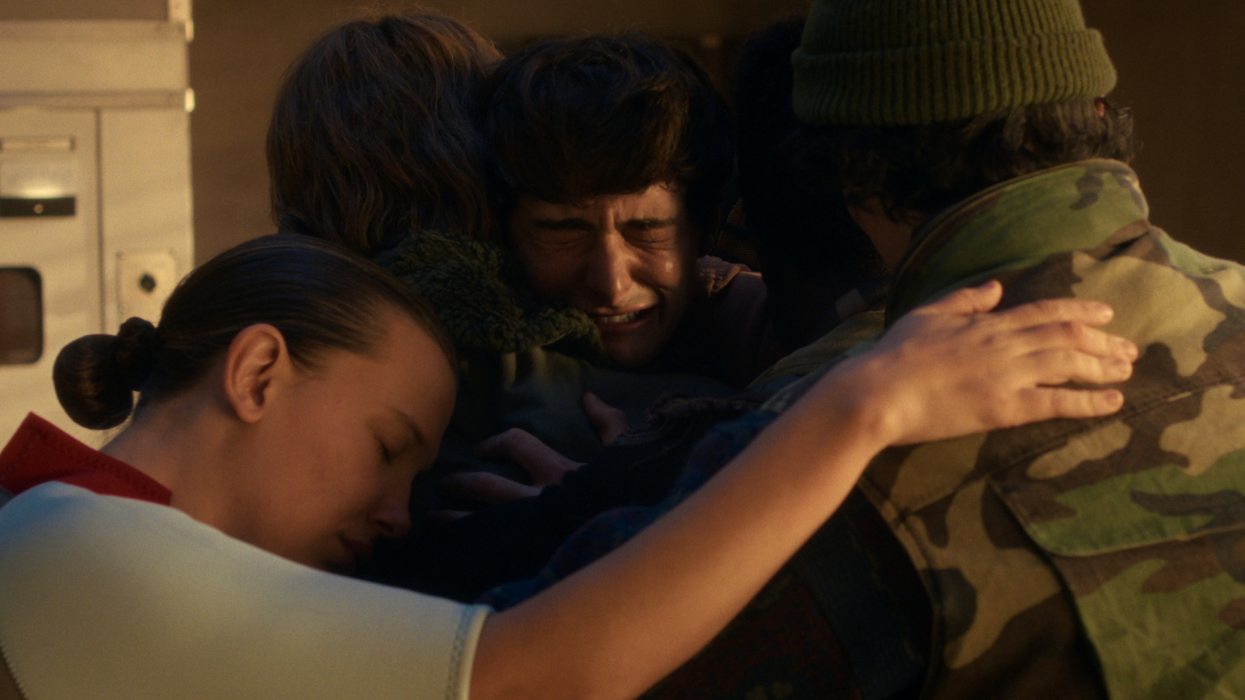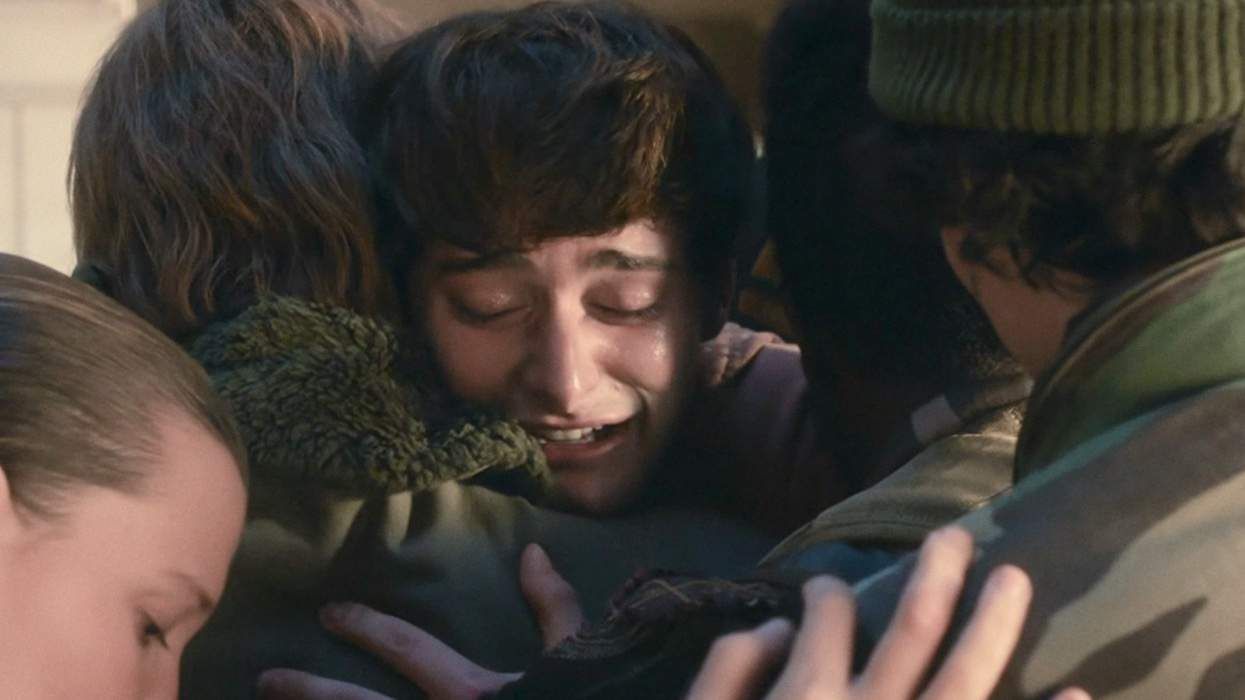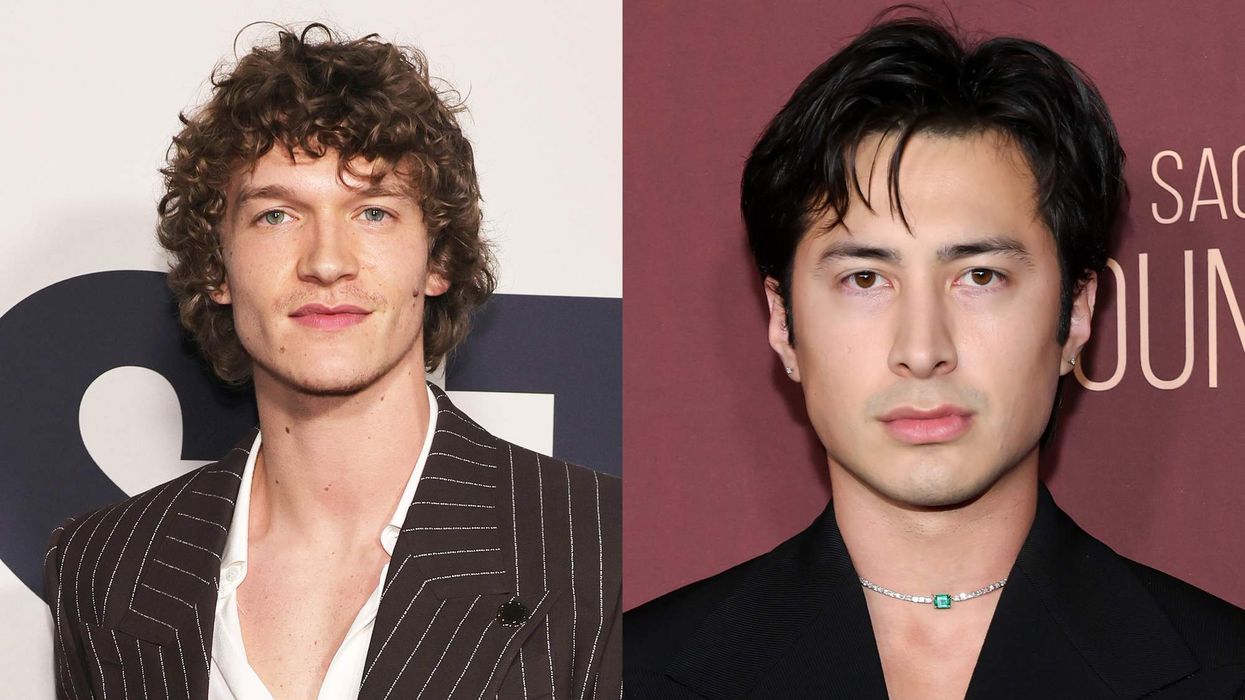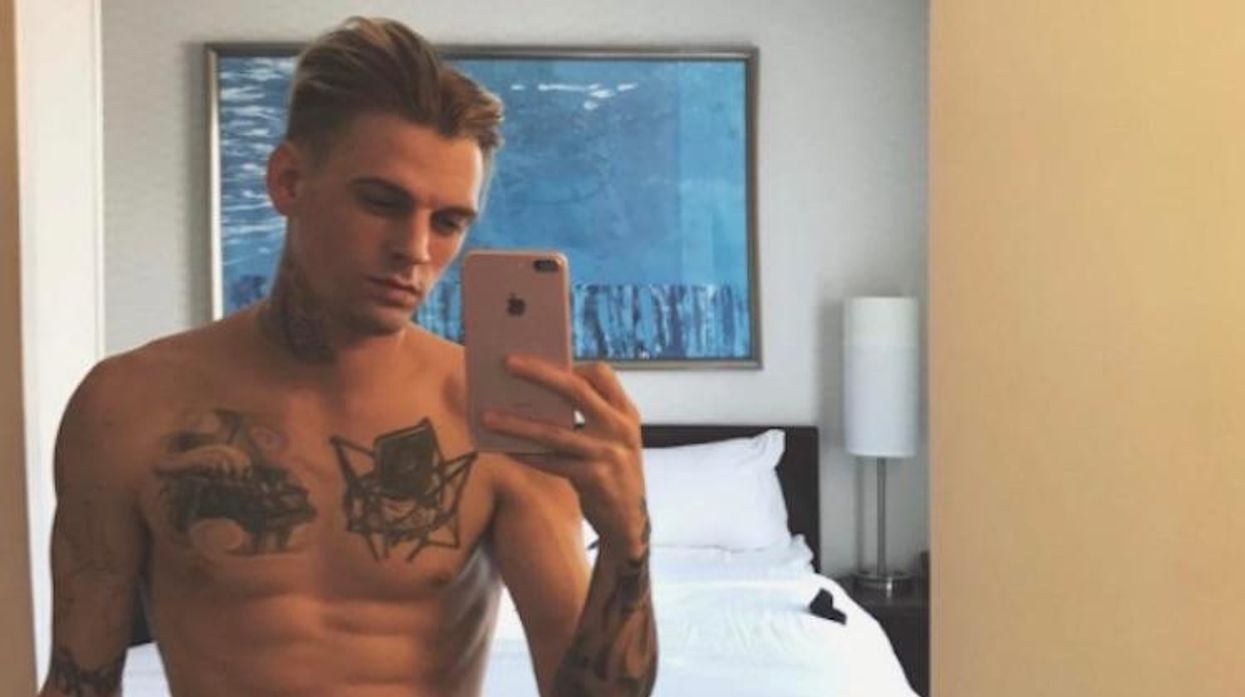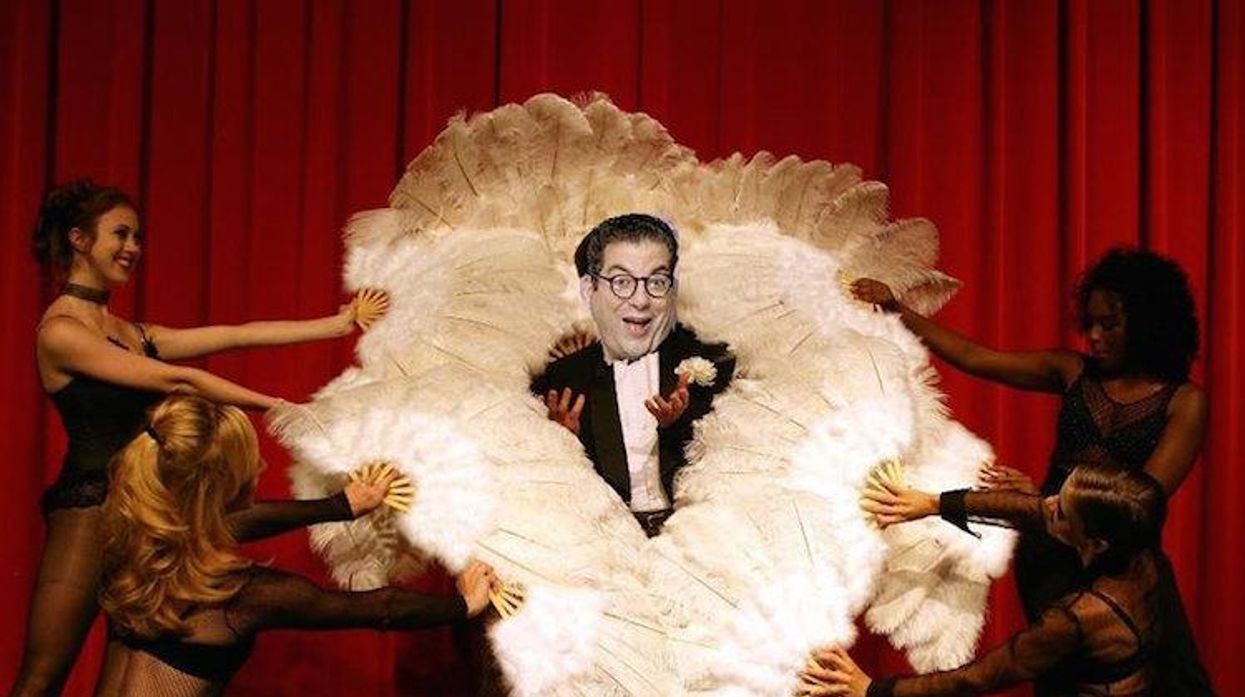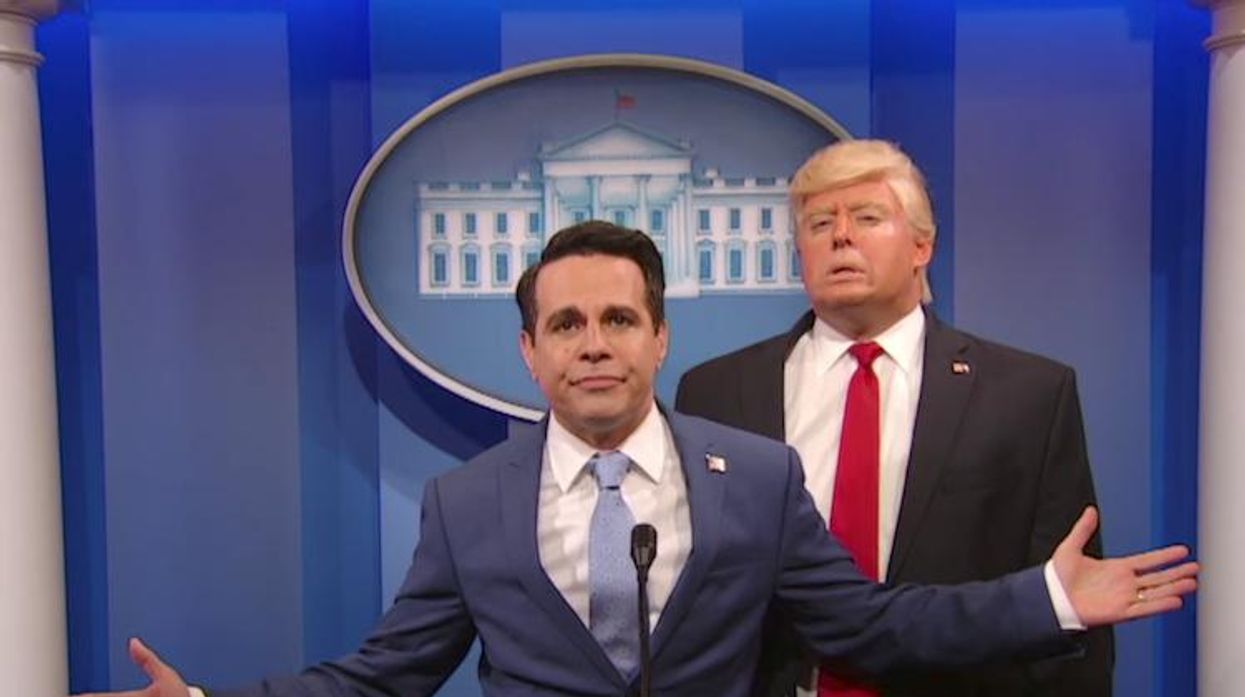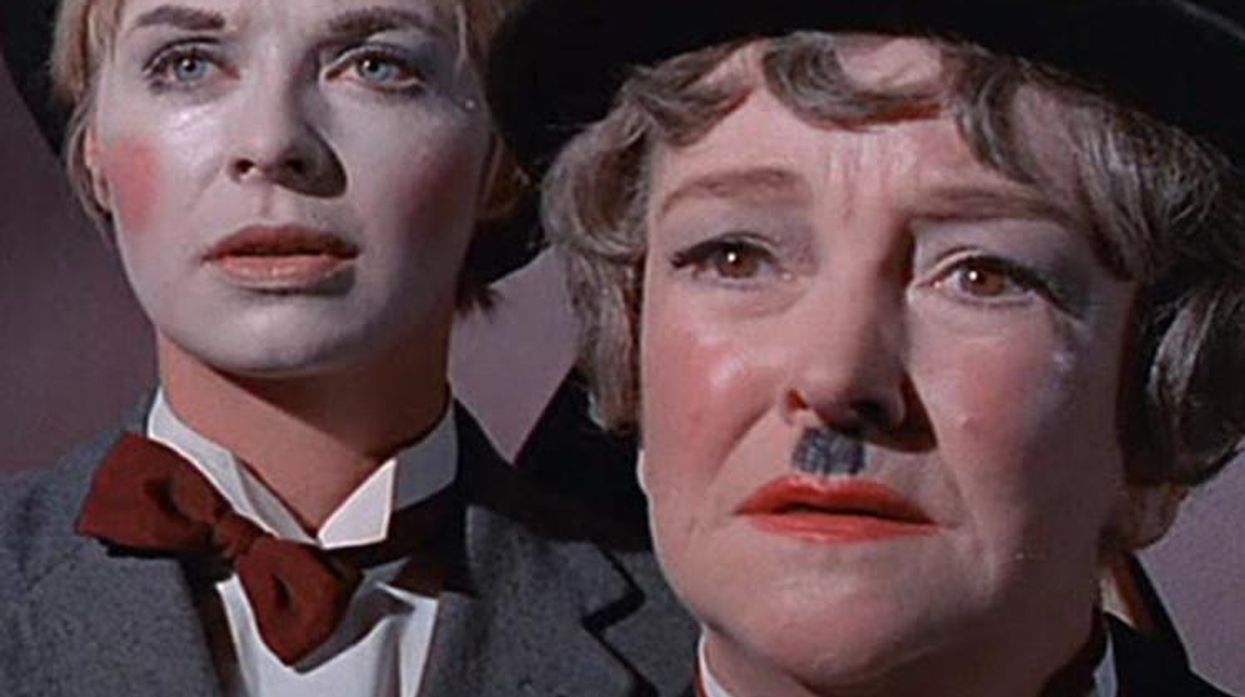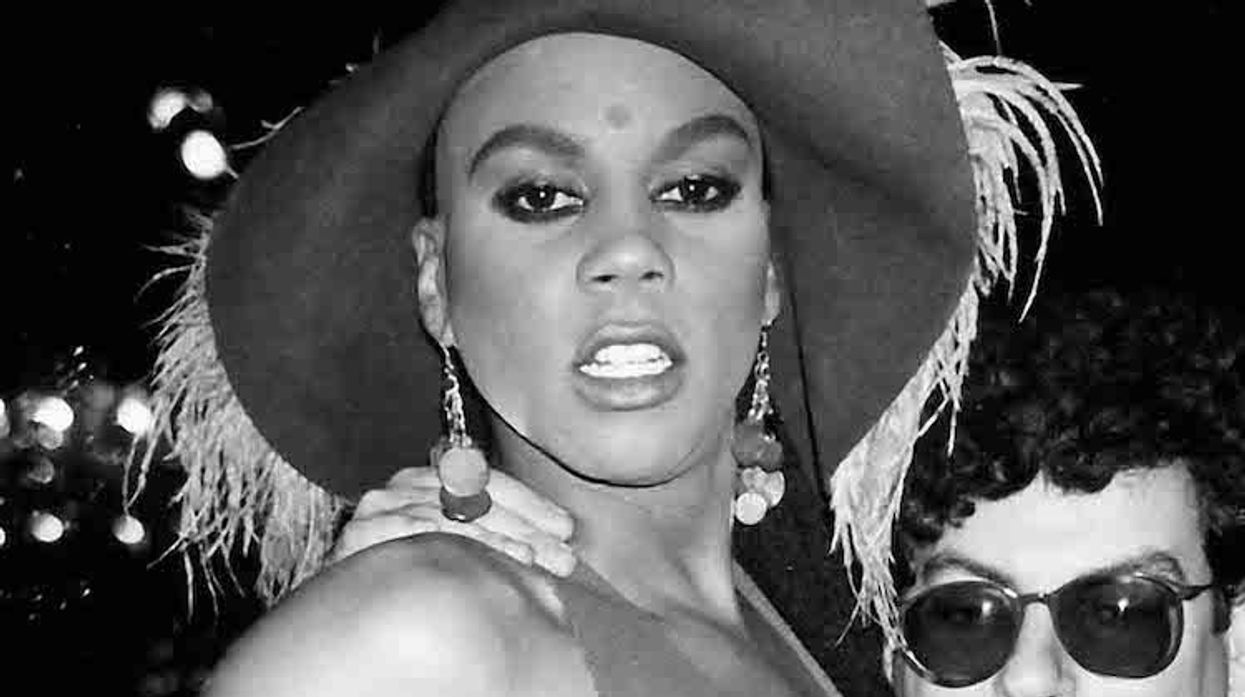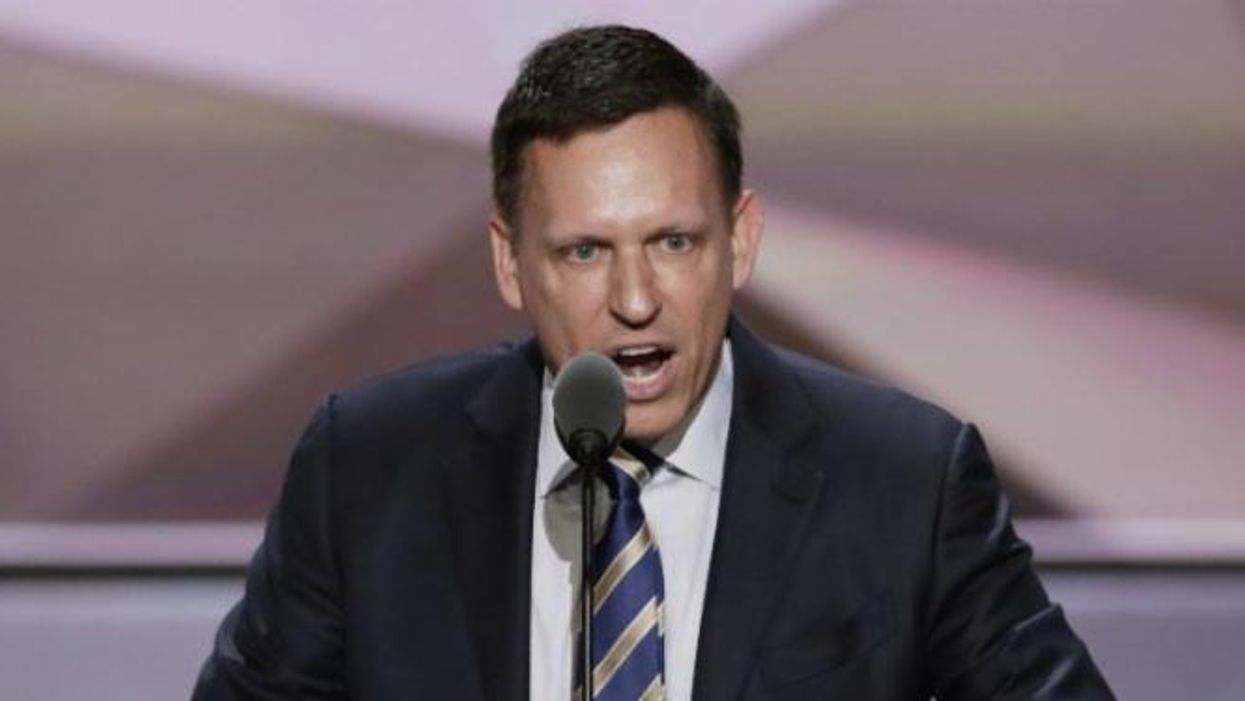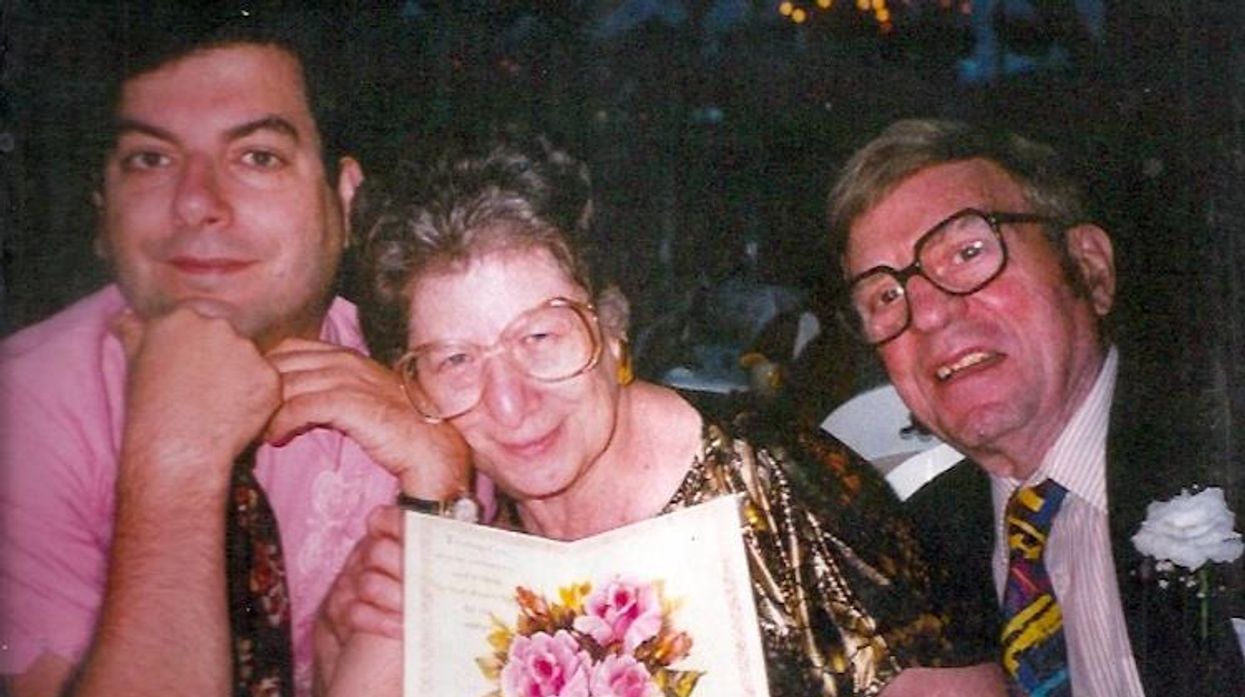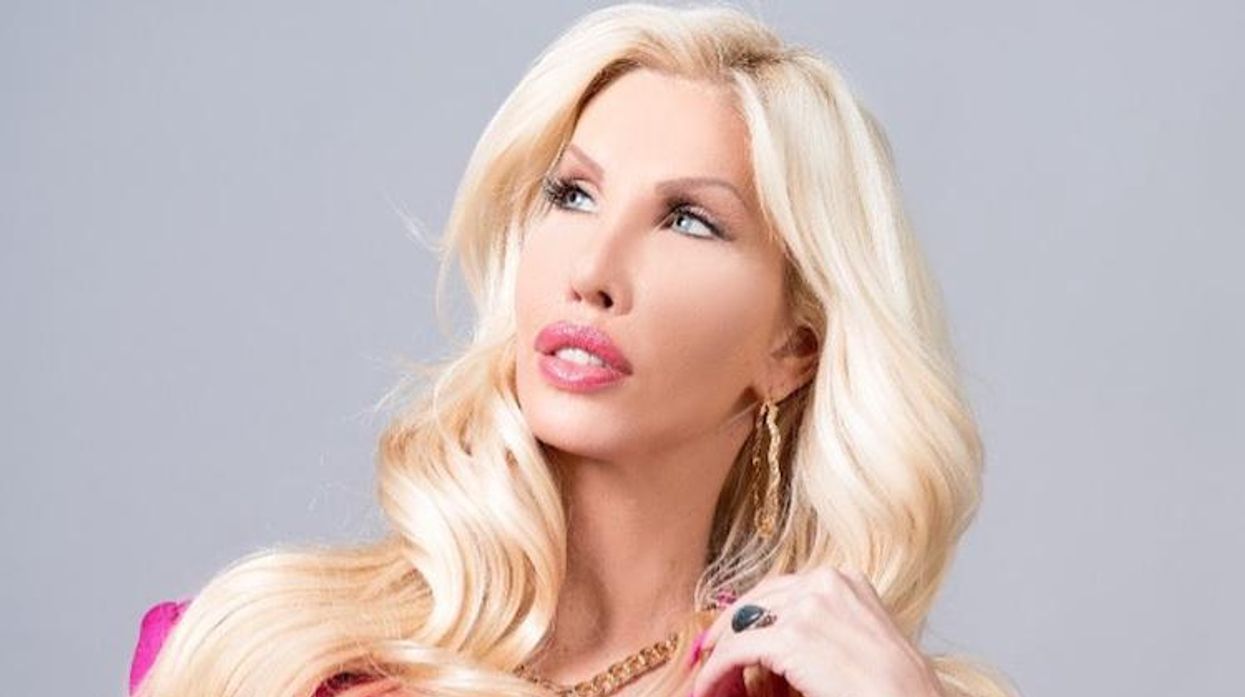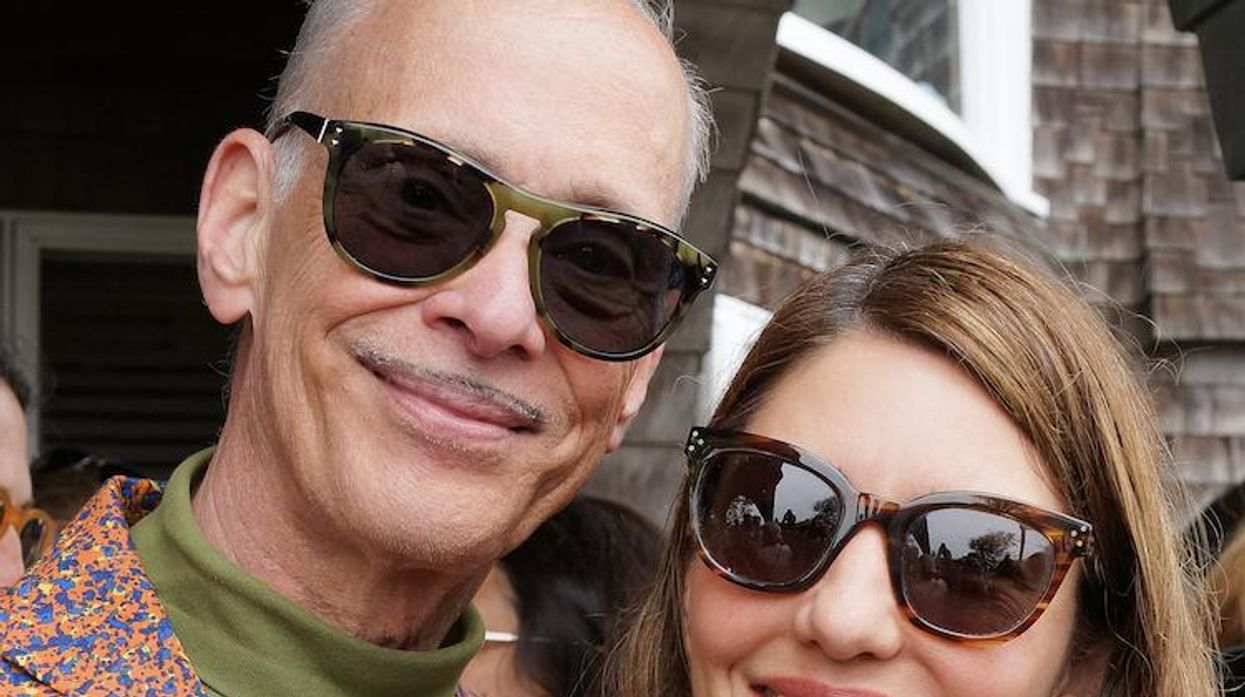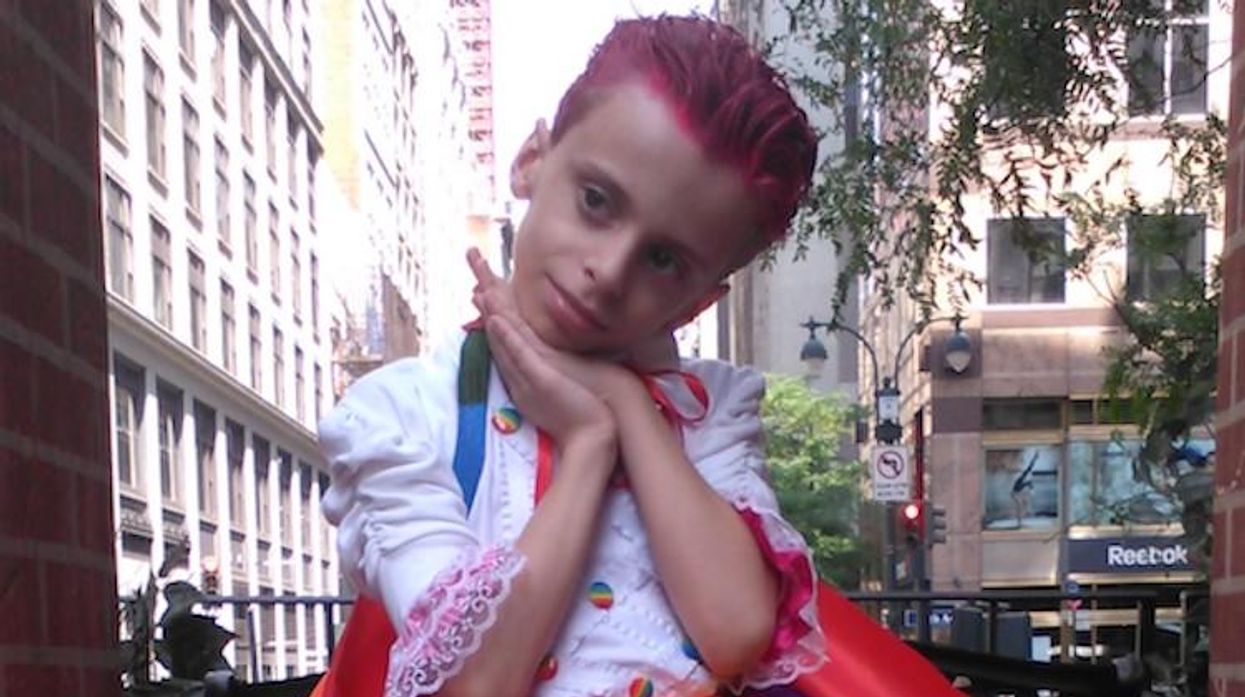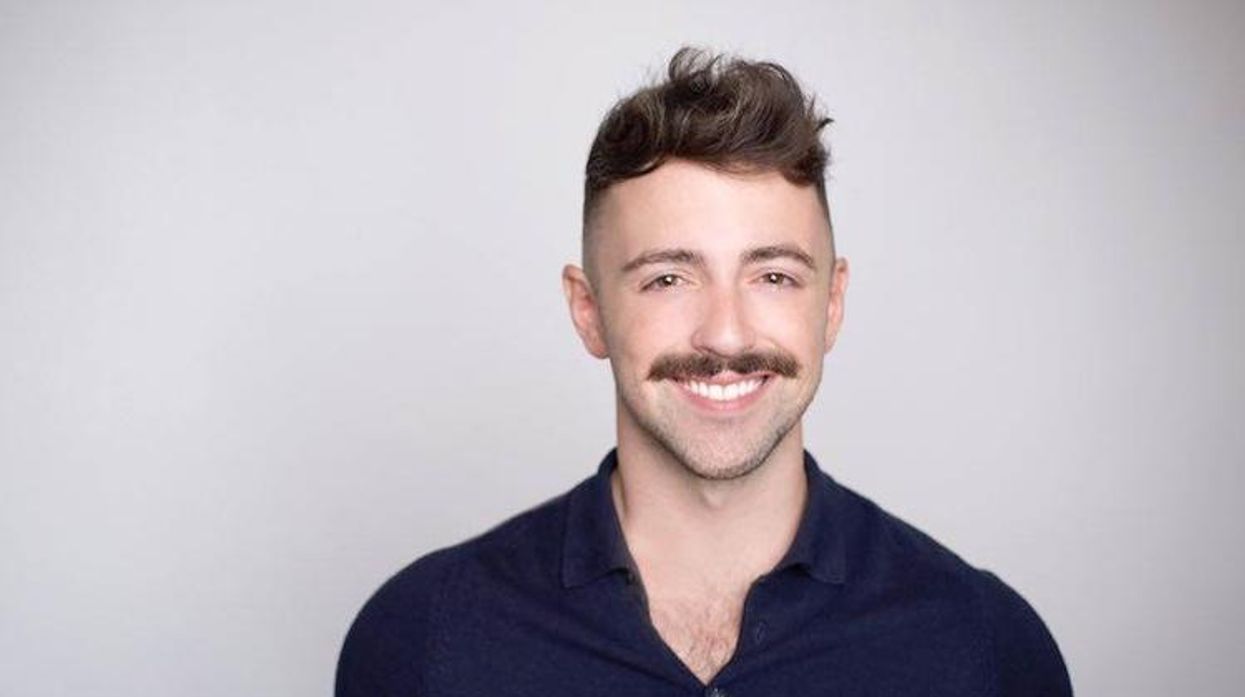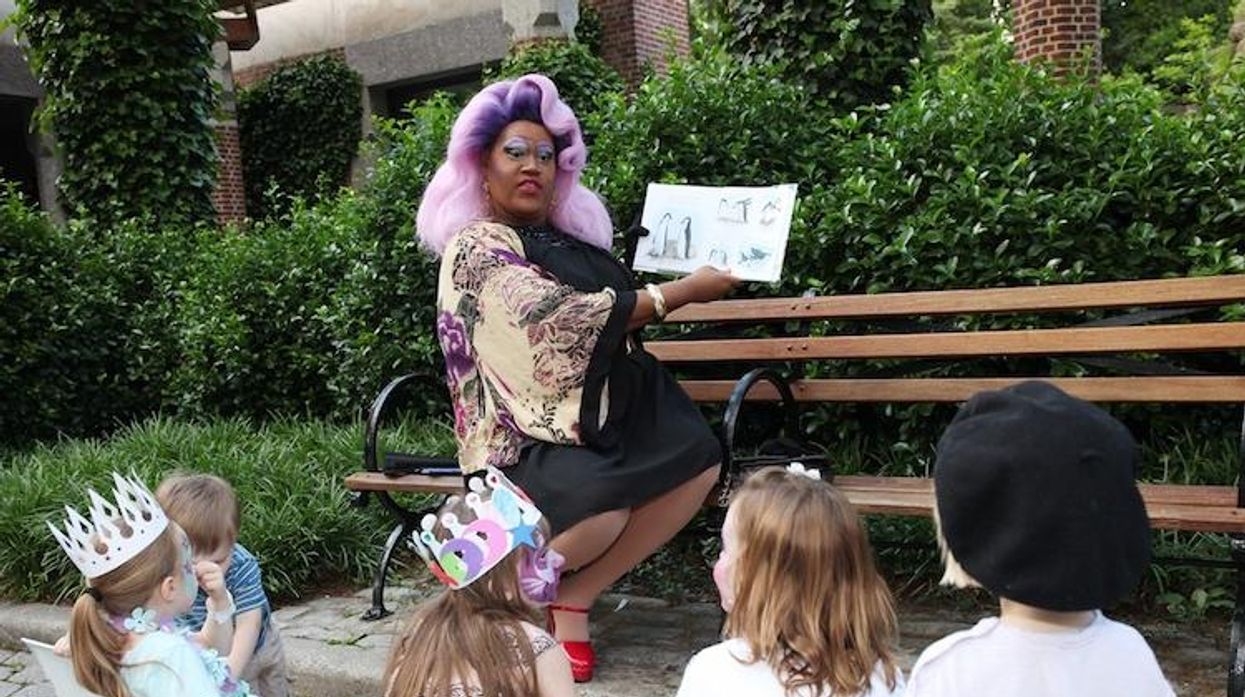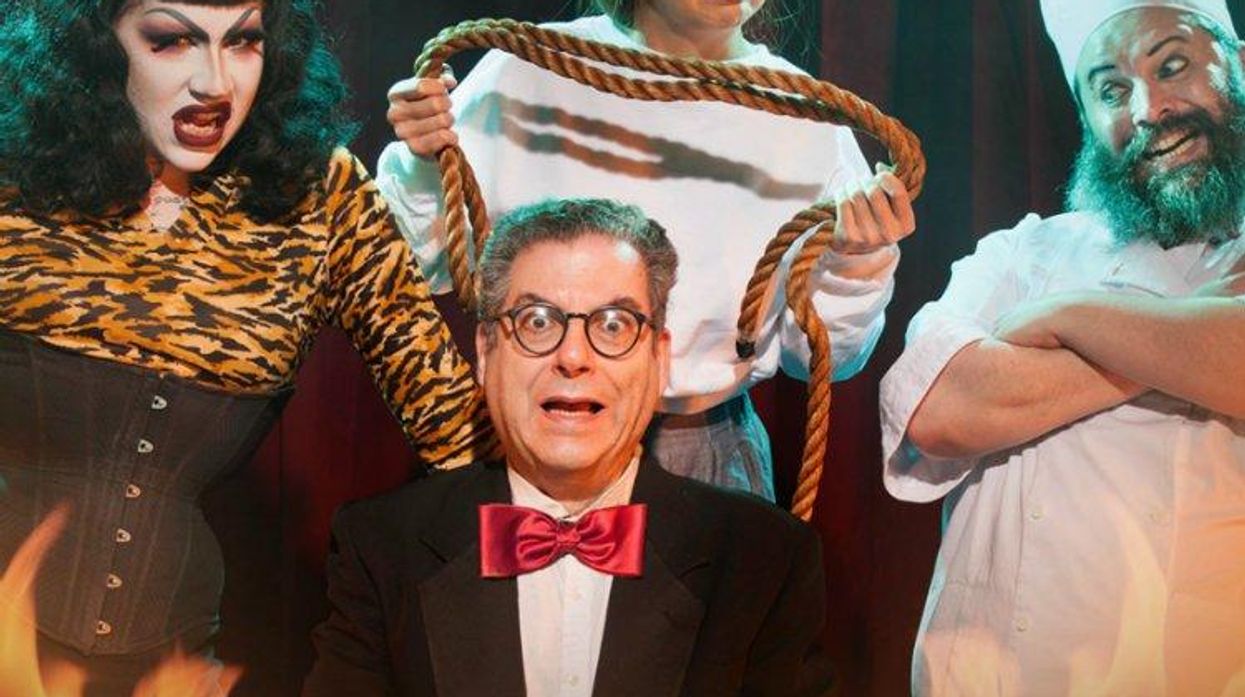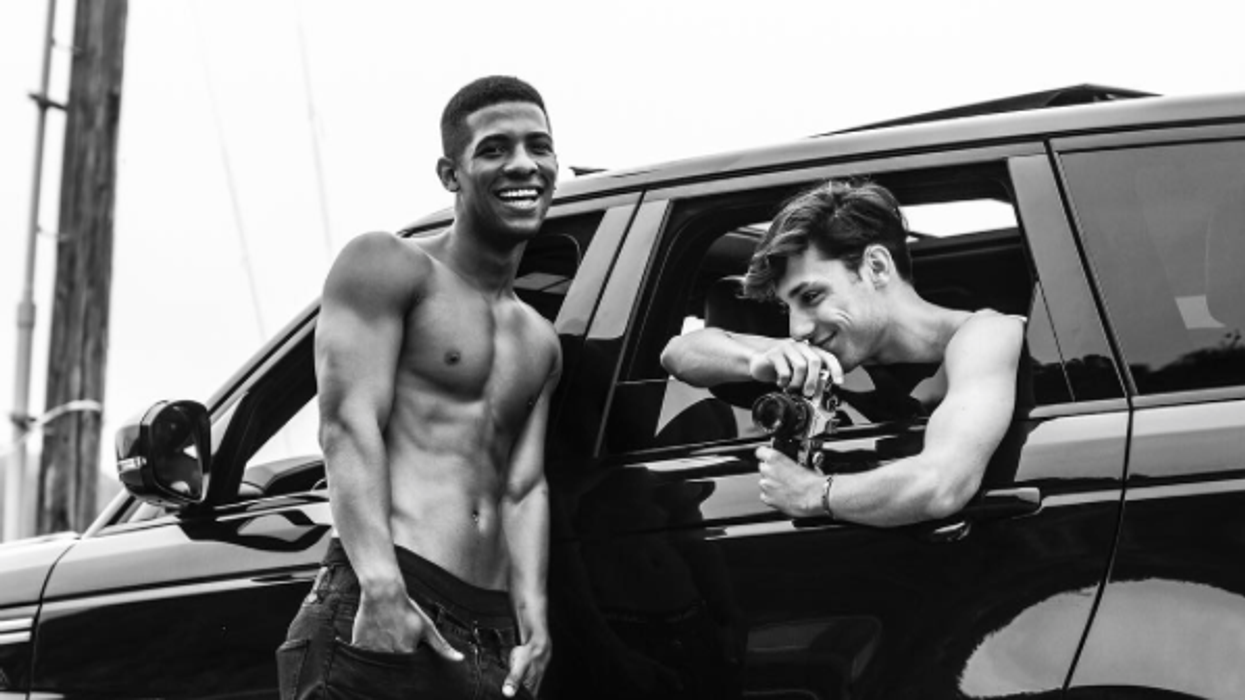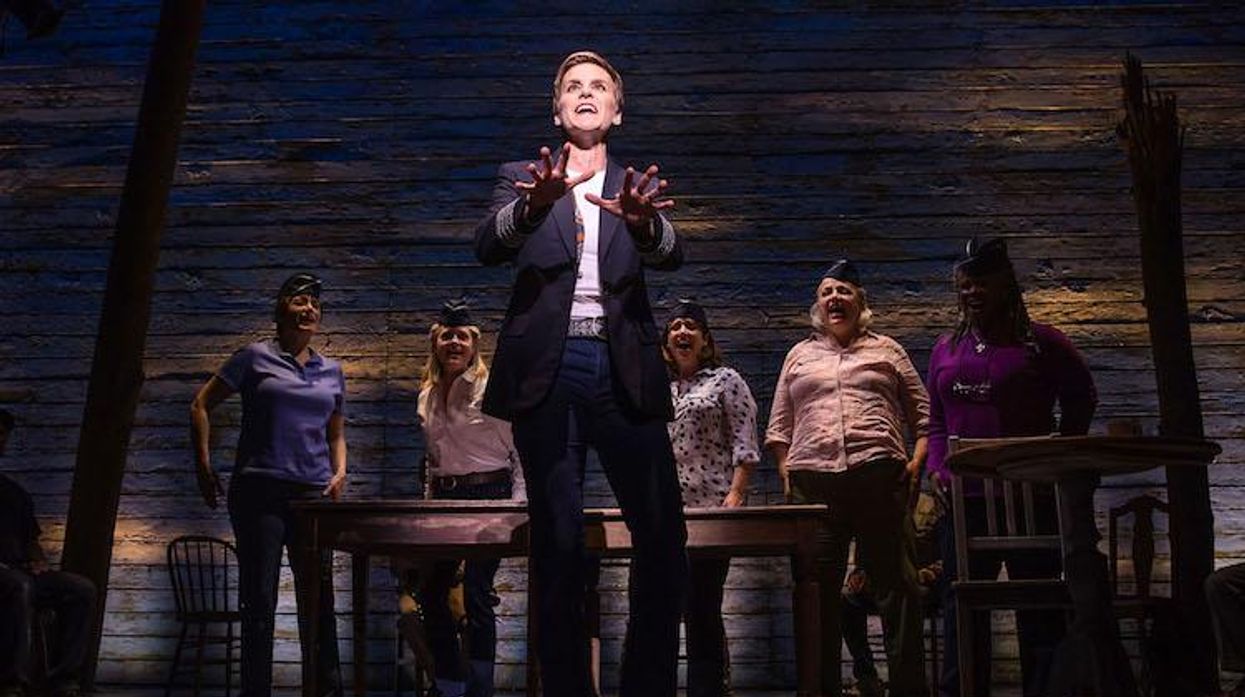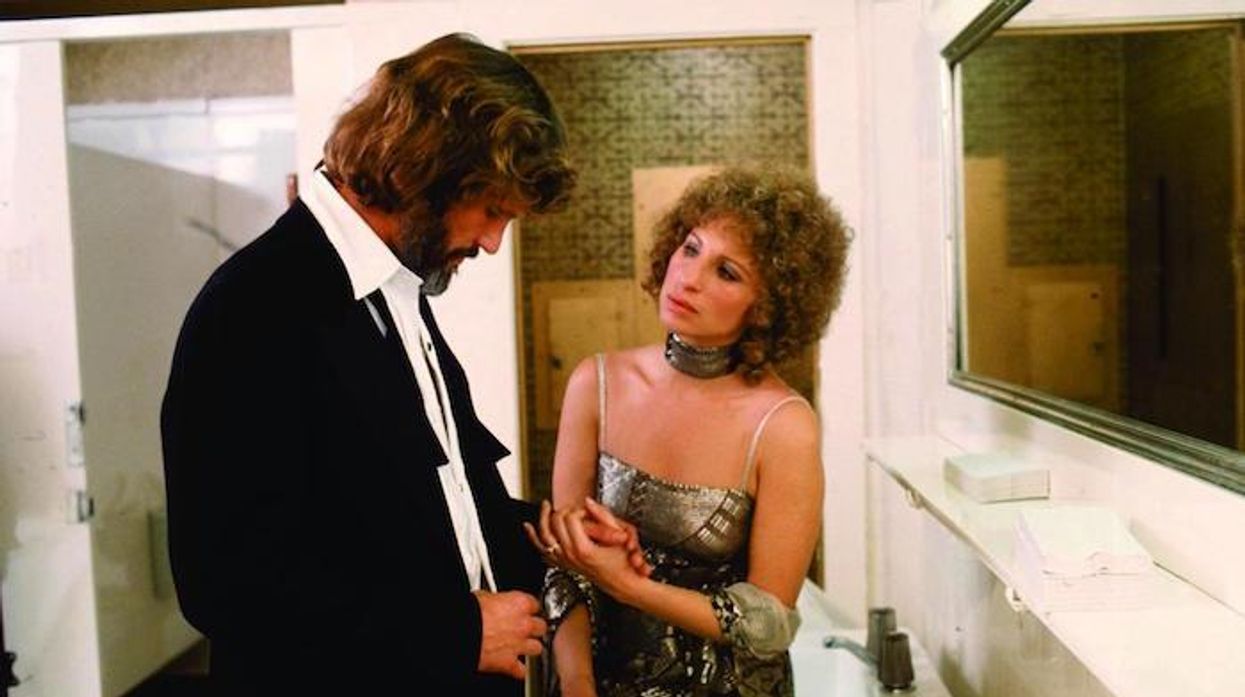Way back in 1971, Wakefield Poole's gay porn film Boys in the Sand did more than arouse people. It became a legit hit at New York's 55th Street Playhouse, attracted a mixed crowd, including some surprising glitterati, and paved the way for the acceptance of porn on a mainstream level. Starring the blonde, game Cal Culver (who dubbed himself Casey Donovan after appearing in a film called Casey), Boys in the Sand was nicely photographed on Fire Island (on a budget) and had pleasantly evocative music backing its explicit sex acts--a far cry from the raunchy stuff that was running in 42nd Street porn theaters at the time. It was gay-positive, sex-positive, and cash-positive. Poole--who had been a Broadway dancer/choreographer--entered a blazing new realm, and to keep the theater connection going, money made from Boys in the Sand actually helped fund the workshops for the musical classic A Chorus Line! Poole was dubbed a naughty groundbreaker and went on to direct films like Bijou (1972), Bible! (1974), and the inevitable Boys in the Sand II (1984). And now, he's the centerpiece of the documentary I Always Said Yes: The Many Lives of Wakefield Poole, directed by Jim Tushinski. Starting today, the doc will be available for digital rental on Amazon Instant, iTunes, Google Play and Vimeo on Demand, also streaming on Fandor, along with Poole's famous films.
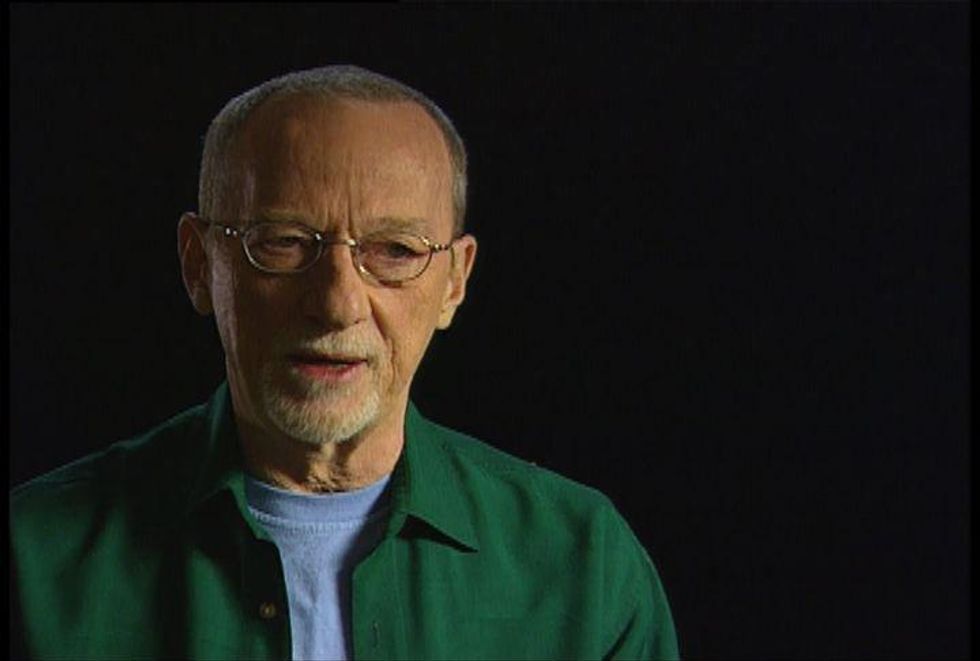
Before trekking to Fire Island for one more look at "boys in the sand" in the flesh, I talked to Poole, 80, about his throbbing achievement.
Hello, Wakefield. It seems like there's no talking in Boys in the Sand.
None. No dialogue.
So you were all about the tableaux?
At that time, the visuals that were in pornography were so disgusting and degrading, to gay people even, so that's why I made the movie. I made a movie that you can watch and get hot and feel sexual, but not feel disgusting and degrading. I did it as an experiment. I did it at the spur of the moment, and we shot in the Pines Meat Rack [the sandy area where gays have traditionally had open sex is the setting of the film's first segment]. I shot Boys in the Sand II totally in the Grove Meat Rack.
For your cast, did you use any people who just happened to be there?
No. I used Casey Donovan. I originally had a guy named Dino, who worked at the Pines gift shop. When I said, "I'm gonna make it into a feature and put it in theaters," he wanted $2000. I said, "I don't have $2000, and I could make the whole film again for $2000." A friend of mine, a Joffrey dancer, said, "I have this trick. I think he'd be great. He's an exhibitionist." Casey came up to my apartment and I showed him the first section I'd done with Dino. He said "I'm in". I shot the first section all over again.
And Casey's legit career ended, right?
He was with Wilhemina Models and was a model for Bloomingdale's. Once the movie opened, he was spread all over the gay magazines and some straight magazines as well. That put a squelch on his career.
Back then, watching porn was a communal experience because you had to go out to a theater to see it. And people didn't get embarrassed to be getting aroused together?
I succeeded in what I wanted to do. I wanted people to not be embarrassed and disgusted, and to sit down and watch it like a movie and not necessarily get up every three minutes and check out the men's room. That was my way of knowing it was a success, if people didn't get up and mill around that much.
How was Boys in the Sand received in the press?
We got good reviews from everybody. Even the New York Times tried to be snide, but they ended up giving us quotes to put in the ads. Variety said, "The casting seems as if it were done by Dial-A-Hustler." What better tag line is there than that? We turned the negative ones into good ones. The best one was, "There are no more closets."
The New York Times also ran an ad for the film. They had no problem printing an ad for a gay porn movie back then?
None. They took our ad--the first time an ad for that kind of gay movie was put in the Times. On Christmas Eve, our ad was right under the half page ad for the big Academy Awards film Nicholas and Alexandra. It was a quarter page, situated next to the quarter page for [the swingin' Liz Taylor melodrama] X, Y And Zee.
X, Y and Zee was actually more trashy than your film.
I know. And mine was more successful.
What did the ad say?
It didn't say anything. Just "Wakefield Poole's Boys in the Sand. In color. All male cast."
What if people came thinking this was just some nice family drama?
They found out real fast, once they came to the theater and saw the poster. And the 55th Street Playhouse was way off the beaten track from other theaters. You actually went there on purpose, not because you just passed by and said "Let's go in."
So your mission to relieve the stigma surrounding porn was accomplished?
We treated it like a real movie. We took out ads, hired a press agent, had a press screening. Almost everyone showed up. Robert L. Green, who was the fashion director of Playboy and wrote for the New York Times, had a brunch for us and invited top models. They showed the movie and they were screaming how they loved it. Of course they were glad they weren't in it. At one point, my manager [and the film's producer] Marvin Shulman said he got a call from the famous British actor John Gielgud. Gielgud said, "Can I pick up a copy of the movie, because we have a mailing problem in England and I don't want to take a chance?" He picked up two copies to show to friends!
I love it. Tell me some other reactions that famous people had to Boys.
Jerry Robbins [legendary choreographer Jerome Robbins] came to see the movie. Leonard Bernstein's manager told me Jerry went to see it, went home and got on the phone to Lenny and said, "You've got to see this movie. It's wonderful. The photography's great, the score's terrific, and there's even a story!" Rudolf Nureyev and his lover drove from Montreal to New York City just to see Boys in the Sand. It was infamous. For a good three or four weeks, I was a major star. [laughs]
One time, we [he and his lover, Peter Fisk, who was in Boys in the Sand] were at the baths, and in a room, resting after several encounters. We heard two guys in the room next door talking about Boys in the Sand. The other guy said he had it all wrong. "That's not the way it was at all." I wanted to knock and say, "Yes, it was".
Your movie made it in the '70s, at the height of post-Stonewall sexual mania.
Stonewall totally influenced me to put me in the frame of mine to say, "Why are we so looked down on and why do we look down on ourselves and don't ask for better quality?" I was a pothead and a hippie, and I was all for it.
The year after Boys in the Sand made a splash, the straights followed suit with Deep Throat.
Deep Throat followed us exactly. They did everything we did. They had press screenings, ads, a publicist, and they were not ashamed--of what they were doing or that they were copying a gay movie. But it really created porno chic.
Your thoughts on porn today?
It's become everything I wanted it to become, and I don't like it. I wanted it become clean and pleasant to watch and not cheap. But now it's become formulaic and we have so many gay for play players. I had people who really wanted to make love with each other. They were not just fucking, they were making love. All the insecurities and fumbling around to try and read the other person--What do they want?--that's in my film. It's not just someone sticking a dick in a hole.
I bet you didn't need a fluffer on set.
No. There was nobody on the set but me and the two actors. I had to change film every 50 feet. I told the actors to just keep going. "Keep doing what you're doing and enjoy it." I had to worry about the sand getting in the camera, I had to get back into it, and be focused. That's when I learned to do cutaways. That's why you see shots of the trees. I had no continuity. But every time I made a film, I put everything I learned into the next film. Bijou was 200% better technically than Boys in the Sand. I bought a camera with the profits. From that, I made Bible!. I spent $180,000--a financial disaster, but we got wonderful reviews.
Would you have rather stayed a dancer/choreographer than pursue the career you found in porn?
It just sort of happened. I didn't really choose. I was doing some film work for a theater poster gallery, Triton gallery, in New York. I did some gallery shows and had all the Broadway stars coming and sitting on the floor watching it--Hal Prince, Michael Bennett, and Lenard Bernstein. Right after that, Alexis Smith--who was starring on Broadway in Follies at the time--wanted me to direct a film she was going to produce called Forever. A month later, Boys in the Sand opened. And suddenly I didn't hear from Alexis ever again. All the phones stopped ringing. I got no interviews for Broadway shows. I had no choice in the matter. If I wanted to eat, I said...I'll make another film.
In 1981, Joe Layton brought you back to Broadway to work on video sequences for the flop Bye Bye Birdie sequel Bring Back Birdie, with Donald O'Connor and Chita Rivera.
And I was a drug addict and Joe was a drunk, so we didn't do that well. He was gay. He and I had an affair. I wanted to settle down with him, but he was married and living a good life. I thought, "I can't be the other woman. I can't be Susan Hayward." We became close friends. I was one of the first freebasers. I'm always the first! [laughs] After Birdie, I went back to San Francisco and continued freebasing again. I bottomed out. Shortly, I realized we had to leave San Francisco and get away from all our druggie pals and dealers if we were ever going to get clean. I packed my lover, Paul, off to stay with friends while I found a place to live. That's when I left with $25--I'd frittered away my entire savings on freebasing--and a plane trip with my Amex Rewards. I found a cold water flat on 28th and Tenth Ave. When Paul was able, he joined me and we got clean, cold turkey. It took about three months, after which Paul returned home to Minneapolis, and I started commuting, then moved there to be with him. Paul's health continued its decline, leading to his death of cirrhosis of the liver. Paul was a beautiful soul. I went back to New York, gave up the film business, and attended the French Culinary Institute. I graduated and got my first job as a chef at La Caravelle. I never did drugs again, with the exception of an occasional joint.
Well, you got it together and have long been around to provide us with some great gay history. Congrats on the documentary.
I got Carole Bishop [who later became known as Kelly Bishop] her first job. She was so pretty and talented, but no good at auditions--she would literally freeze up. I called Ron Field, the choreographer of [the 1968 musical] Golden Rainbow, and recommended her highly, and he put her in the show without an audition, and then she eventually went on to win a Tony for A Chorus Line. But she wouldn't do the documentary. She was afraid to, even though it contains nothing X-rated! Sondheim also refused, but for a different reason. He said, "I don't ever want to talk about Do I Hear a Waltz? again."
Hilarious.
I'll send you my memoir and copies of all my movies.
THE WHOLE KITTEN CABOODLE
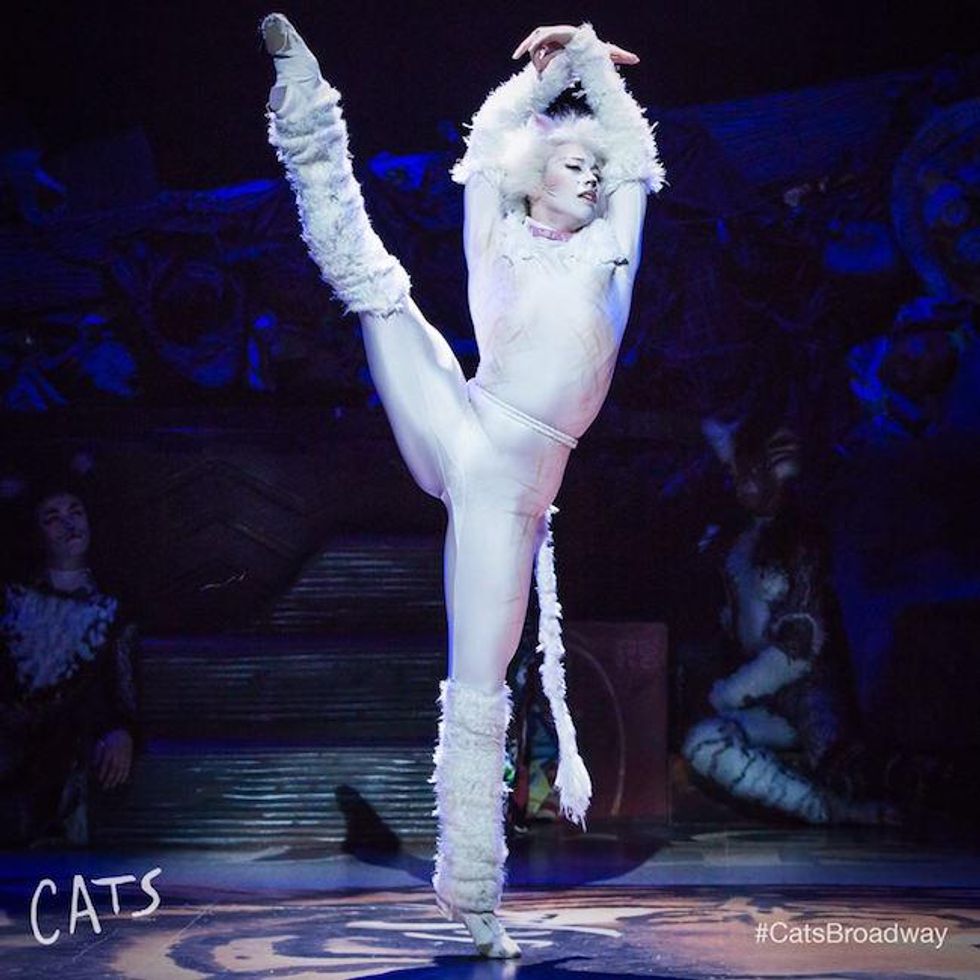
HE'S YOUR PRIVATE DANZA
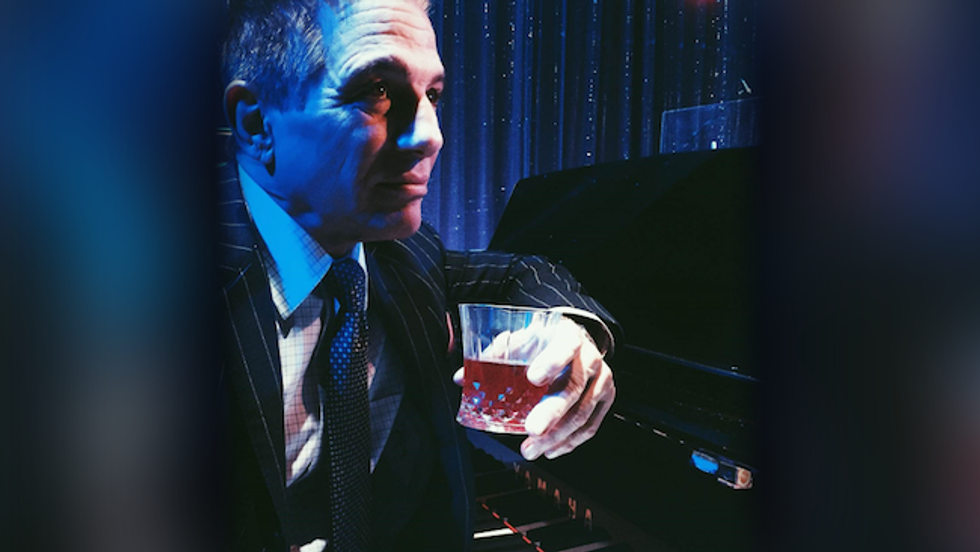
At Feinstein's/54 Below, Danza turned out to be an all-around song and dance guy, gamely singing standards, breaking into tap routines, strumming a ukulele, and telling stories and jokes with an eager yet relaxed quality that went down as easily as my sorbet medley. Danza can talk for days--he makes it seem effortless--and he also brings a likeable sincerity to his song stylings, which are sort of nouveau Rat Pack. He did the melanoma song too!
Several nights later at the same place, David Yazbek delivered a socko evening, backed by a sizzling seven-piece band. Yazbek wrote the scores for The Full Monty, Dirty Rotten Scoundrels, and Women on the Verge of A Nervous Breakdown, making a stamp with serious quirk and wit. He and his guest stars provided music from his albums and some of his shows (including the upcoming, set-in-Israel The Band's Visit), with a brisk, jangly, neurotically fun edge that fused jazz, calypso, rock, pop, and just plain Yazbek. Playing piano, singing, and bantering, Yazbek is a sardonic dude who said the club "looks like a Byzantine, gothic brothel sarcophagus." He made it rock, coming off like a Randy Newman I can stand, and his guests were up to par, including crystal-voiced Katrina Lenk and the intense Adam Kantor, who could well be the next Mandy Patinkin. After his two songs Kantor ran a few blocks to Fiddler on the Roof, where he portrays Motel the tailor to the Tevye played by Danny Burstein--who originated the Women on the Verge song Kantor had just done. Damn, Broadway is a tight little family--and I'm desperate to be part of it
NEXT STOP, GREENWICH VILLAGE
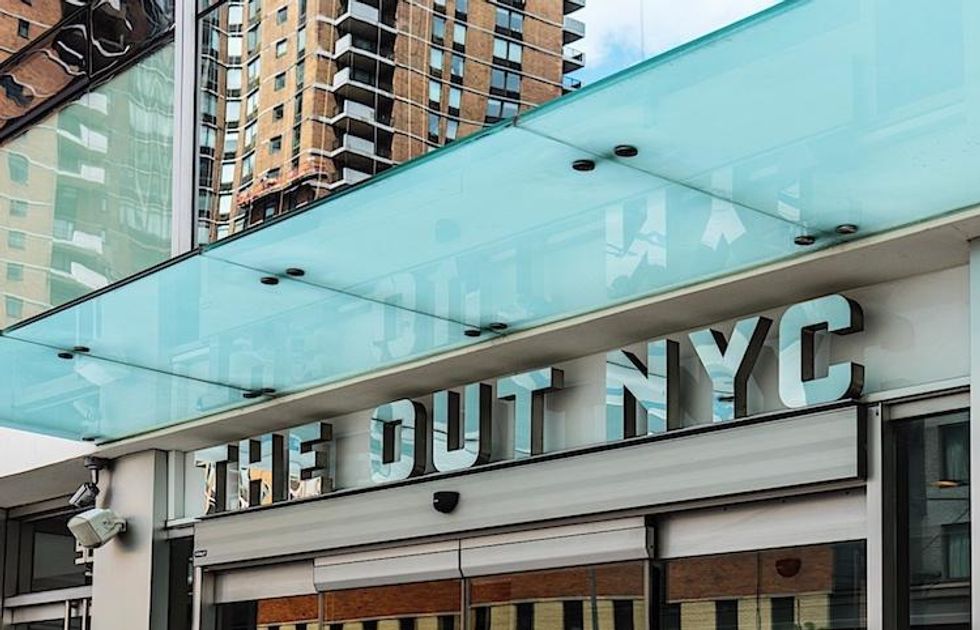
I set foot in the OutNYC Hotel complex again last week, but don't worry; the old owners, who had weirdly encouraged Ted Cruz, were bye-bye and new, presumably more sensible people had taken over, without fears of any boycott. The adjacent nightclub was the setting for Midnight at The Never Get, a two-character musical set in the pre-Stonewall '60s, when being gay was dangerous, bittersweet, and more than a little exciting. Presented at The New York Musical Festival and conceived by Sam Bolen and Mark Sonnenblick, the latter of whom wrote the show, Midnight has singer Trevor Copeland (Bolen) hooking up with songwriter Arthur Brightman (Sonnenblick) and crowing about their love in an openly gay show at a Village bar called the Never Get, where audiences don't initially know what to make of the same-sex crooning. The songs are enjoyably Cole Porter-lite (though there's one quick melodic lift from "Makin' Whoopee"), and Bolen does a great job of carrying them and the show. (A socko ending involves the older Trevor, played by Sidney Myer.) It's by nature a narrated piece, done like a club act, but the narration tends to weaken the narrative drive. Still, this is a nifty glimpse of gays gone by.
MAC THE NICE
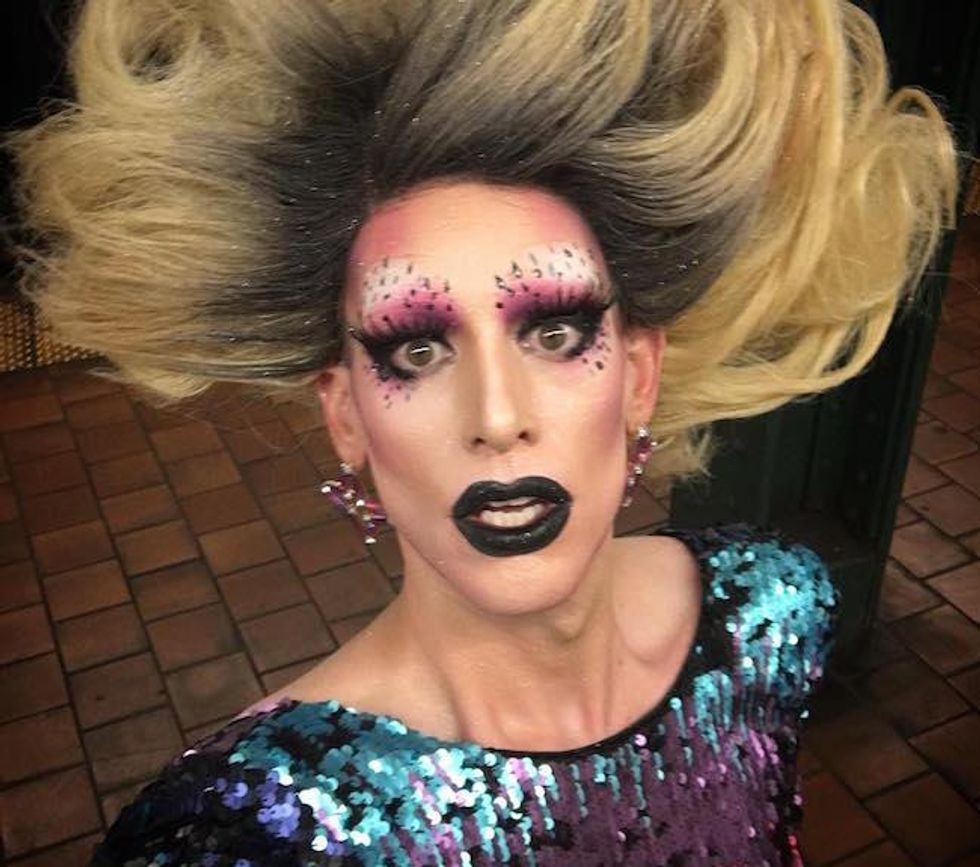
One more thing: New York drag star Dusty Ray Bottoms (a spunky lass who hails from Louisville, Kentucky) just posed for a Mac cosmetics ad with a bunch of women. The campaign aims to show that this stuff is for everyone. No argument here! And by the way, it's not their first time at the drag rodeo; in the '90s, MAC did a Viva Glam campaign featuring RuPaul--who's clearly indirectly behind this second drag boom too. Boom boom!


